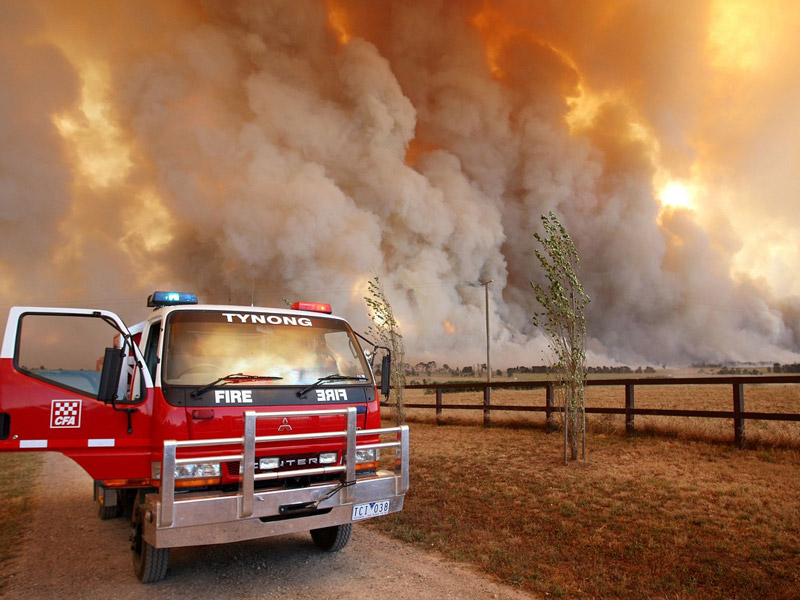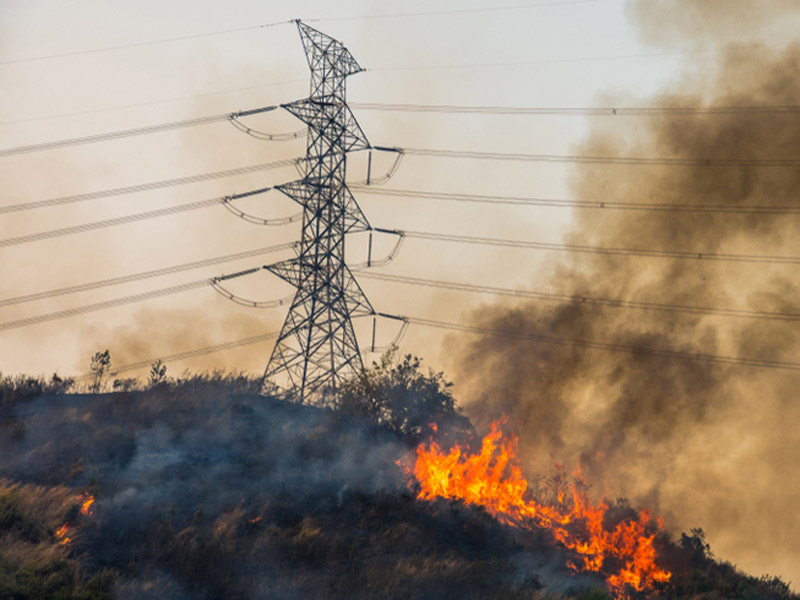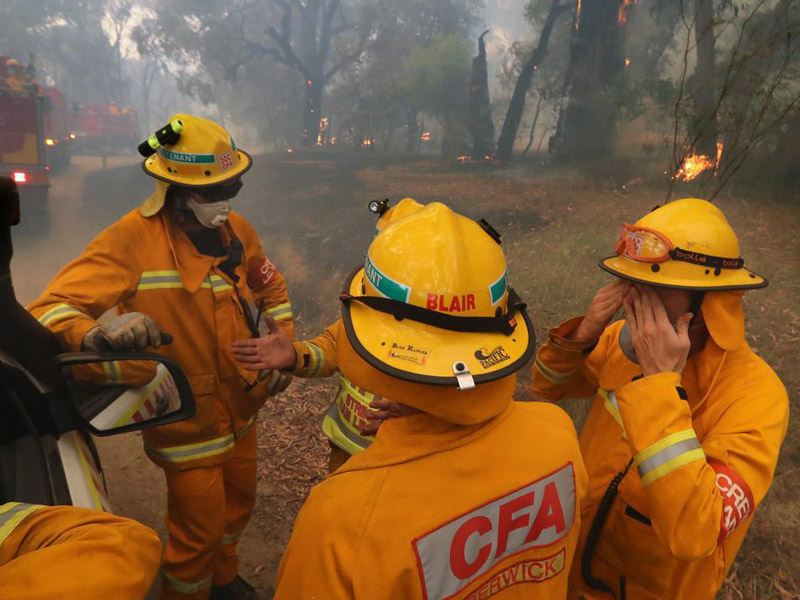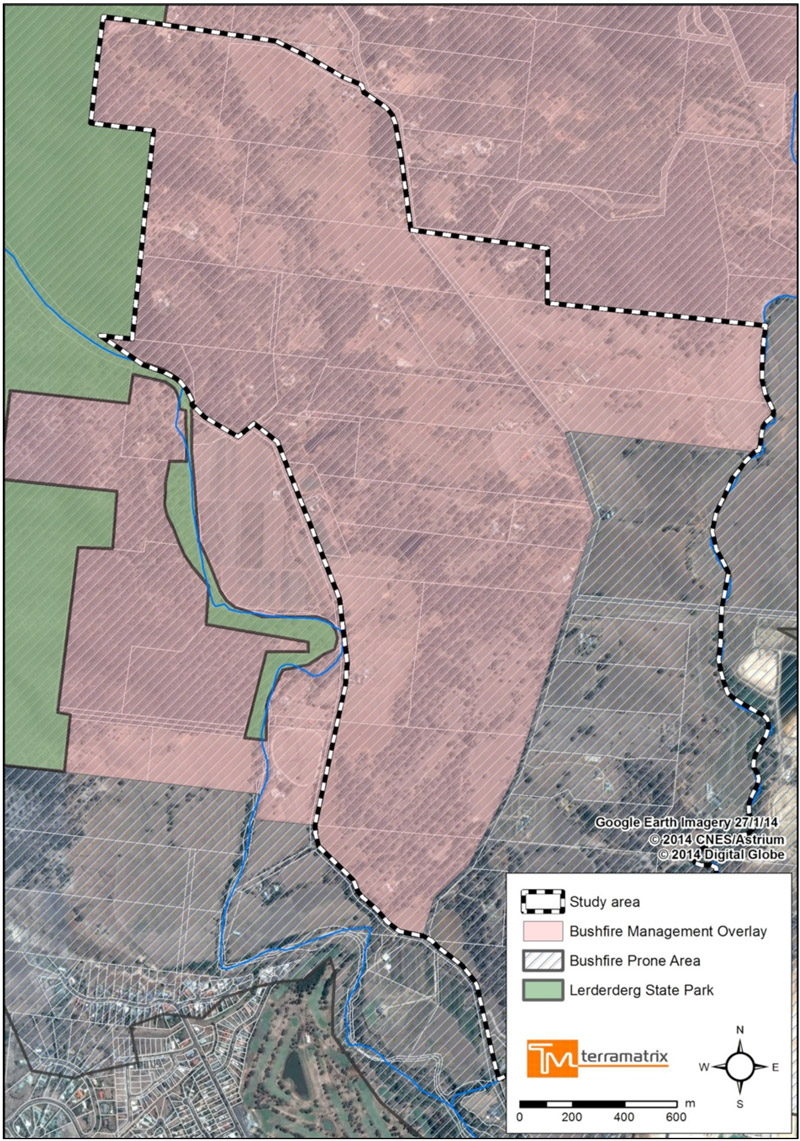Bushfire Risk Will Skyrocket
With the growth of windfarms in the south west of the Victoria, the need for additional electricity transmission network infrastructure is recognised but the safety, for residents, visitors and animals, over the entire life of the infrastructure, needs to be considered when evaluating the alignment options of overhead high voltage powerlines.

Extreme and High to Very-High Risk
The region has both Extreme and High to Very-High Risk areas identified in the Victorian Fire Risk Register. Many are listed in the High to Very-High Fire Risk category. Current typical weather conditions for the Moorabool Shire include warm-hot dry summers and cool wet winters.

Bushfire Prone Area
Bushfire Development Report – Terramatrix Pty. Ltd. – December 2014
The Northern Darley Alignment AoI is within a designated Bushfire Prone Area (BPA) (refer Map).

Firefighting Operations
Major powerlines are critical infrastructure. They support essential community services and their de-energisation may have significant impact on public safety. Some smaller lines directly service critical sites such as sewerage, water and communication facilities. It is therefore preferable not to attempt fire control activities near energised lines where possible.
